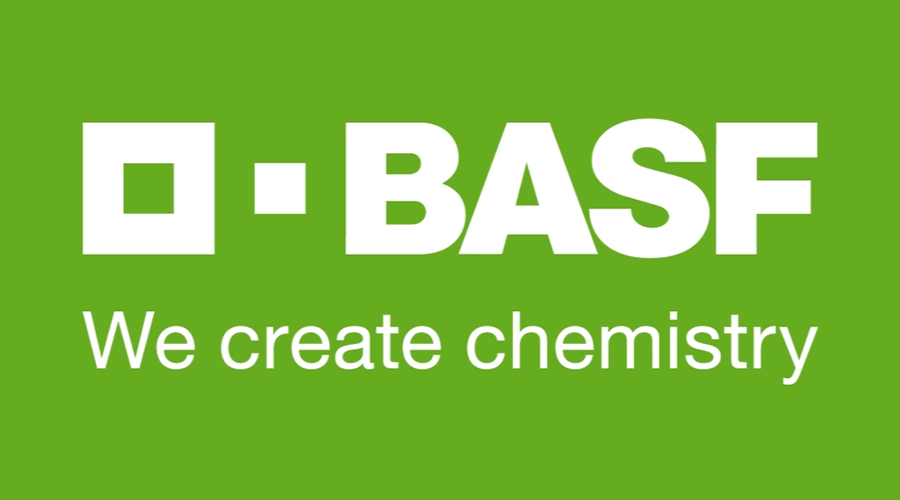- Rules coming into force this year restrict the use of uninhibited urea
- COFCO and Velcourt trials showed Limus protected granular urea performed at least as well as ammonium nitrate (AN) and better than untreated urea
- Limus protected urea increases nitrogen recovery and nitrogen use efficiency, reducing growers’ nitrogen input costs and increases gross margins.
- New rules around the use of urea needn’t be a burden, according to a trio of businesses that have joined forces to explore the contribution of the urease inhibitor, Limus.
From April, under the new policy ‘option 4’ (see box ‘The Rules’), the majority of England’s urea applications must be applied with an inhibitor to reduce ammonia emissions. While the new rules may force changes on many farms, for Velcourt, they reinforce an approach that’s already well underway and paying dividends.
“Fertiliser is our arable farms’ largest direct cost and a major part of their carbon footprint,” explains Velcourt Technical Director, Nick Anderson. “Average nitrogen use efficiency (NUE) in Velcourt crops in 2023 was 55% but there was a range of 44% between the highest and lowest.”
“There’s both an economic and environmental imperative to do better,” he says.
Good integrated nutrition management is key to Velcourt’s approach, bringing together accurate assessment of crop requirement, timely and accurate application and use of all best available technology. And this is where Limus fits in, says Nick, “Limus allows us to captialise on the carbon footprint and economic benefits of urea fertiliser, whilst mitigating the issues associate with volatilisation and ammonia emissions”.
More recently the company’s independent trials team has been testing a range of technologies and inputs including novel forms of nitrogen, endophytes, photocatalysts, urease inhibitors and remote sensing.
In 2021, in conjunction with COFCO – distributor of Limus treated urea – Velcourt started trials. Four trials conducted over two years showed that Limus treated urea is performing at least as well as ammonium nitrate (AN) and better than untreated urea.
“Within an integrated nutrition strategy, Limus treated urea has the potential to reduce our externalities and improve our financial performance,” says Nick. “In comparison with untreated urea it reduces ammonia emissions and air pollution. While in comparison with ammonium nitrate, Limus treated urea lowers the carbon footprint of the crops we’re producing and is cheaper per kg of nutrient, improving gross margins.”
Adrian Whitehead is a Velcourt farm manager who manages land in the Kings Lynn area of Norfolk. Totalling 1400 ha and comprising six farms, soils range from light to heavy and, like Velcourt, many of the landowners are interested in minimising the environmental impact and externalities of the farms’ activities.
“Two years ago, I looked at the trials results and couldn’t see why we wouldn’t be using Limus treated urea – it fits both financially and environmentally with what we’re trying to achieve,” he says. “It’s as effective as ammonium nitrate and cheaper.”
“While the regulations allow uninhibited solid urea applications between 15th January and 31st March, the last two years we’ve had temperature above 20C in March and April which mean there will be volatilisation. If we can reduce that risk, why wouldn’t we?” he says.
Each year when a new batch of fertiliser arrives, Adrian conducts a tray test to ensure an even spread at application.
“Spread pattern is really important, not least because my phone soon starts ringing if there’s a yellow or light green stripe across one of the fields,” he says. “Last week, we tested COFCO’s Limus treated urea at 36m spreading and found that it had an excellent Coefficient of Variation of below 10% – the same as UK ammonium nitrate.”
It’s an important point for COFCO, as Russell Davison, the company’s fertiliser product manager, explains: “Farmers want good quality and so do we. It’s why we’re particular about where we source the granular urea.”
Across Velcourt’s farms Limus protected urea usage is set to rise over the coming years. It is welcome news for the manufacturer, BASF.
“Limus is the only inhibitor that combines the efficacy of two active ingredients – NBPT and NPPT – which bind to the active centres of different urease enzymes,” explains Jared Bonner, BASF Business Development Manager. “This binding reduces a reaction that takes place between the urease enzymes and urea – unwanted when urea is on the soil surface as it results in ammonia emissions through volatilisation. This also means more urea enters the soil where it is converted into plant-available ammonium, resulting in higher levels of nitrogen available for the plant to use.”
“As Velcourt has proven, Limus protected urea increases nitrogen recovery and nitrogen use efficiency, reducing growers’ nitrogen input costs while increasing gross margins”.
“Importantly Limus fulfils the new Red Tractor Standard in urea fertiliser use, helping growers comply with the new regulations.”
BASF is in partnership with four suppliers of Limus in the UK. “These companies were chosen for the quality of urea they supply, and we have supported them in the development of application technology,” explains Jared. “This ensures the highest quality of every batch that leaves their production facilities, which allows BASF to provide technical support for Limus in partnership with our suppliers.”
These suppliers are, Thomas Bell, COFCO International and Bartholomews for solid urea fertiliser products, and through Frontier Agriculture as Limus Perform for liquid fertiliser treatment.

